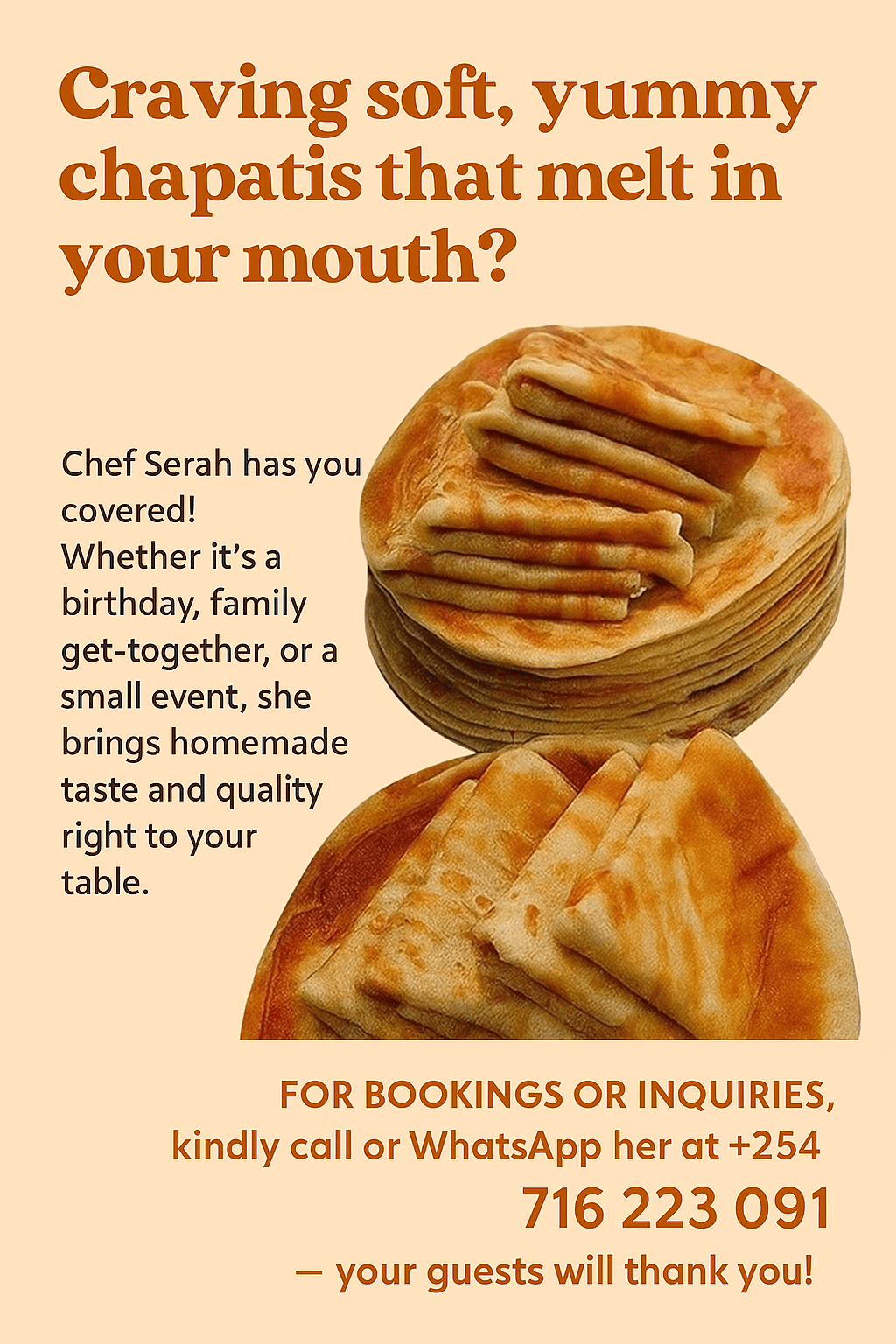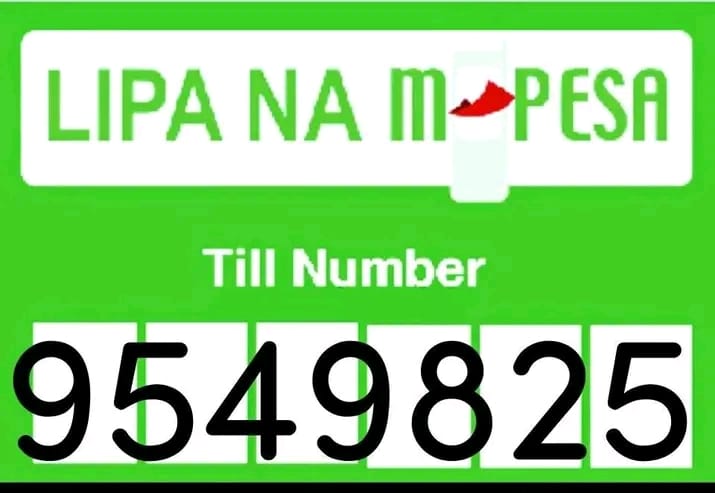
simply amazing, always for you.
If you’ve ever winced while putting on a bra, noticed a sharp twinge in your chest, or felt a lingering ache around your nipple, you’re not alone. Breast or nipple pain—known medically as mastalgia—is surprisingly common, affecting millions of women (and yes, even some men) at different stages of life. It can be unsettling, frustrating, and even scary—especially when we don’t know what’s behind it.

But here’s the good news: most causes of breast or nipple pain are not serious, and many are easily treatable or temporary.
In this comprehensive guide, we’ll break down:
- The most common reasons for nipple and breast pain
- When you should worry (and when you shouldn’t)
- What you can do to ease the pain
- When it’s time to see a doctor
Let’s dive into the truths, myths, and everything in between about nipple and breast discomfort—because your body deserves clarity, care, and confidence.
Is Breast or Nipple Pain Normal?
Let’s start with some reassurance: Yes, breast and nipple pain is common, especially in women between the ages of 20 and 50. It’s usually part of natural body rhythms, like your menstrual cycle or hormonal shifts. For some women, it’s a monthly nuisance. For others, it may come out of nowhere and vanish just as quickly.
In many cases, the pain is harmless, though it can still be annoying or uncomfortable.
Types of Breast Pain: Cyclical vs. Non-Cyclical
Understanding the type of pain you’re experiencing can help narrow down the cause.
1. Cyclical Pain
- Linked to hormonal changes in your menstrual cycle.
- Often affects both breasts.
- Feels like heaviness, soreness, or dull aching.
- More common before your period (premenstrual phase).
- Usually resolves on its own after menstruation.
2. Non-Cyclical Pain
- Not related to your cycle.
- Might be sharp, burning, or constant.
- Can affect one breast or a specific area.
- Could stem from muscle strain, injury, cysts, or infection.
Why Your Breast or Nipple Might Hurt: 15 Common Reasons
Let’s explore the most likely culprits behind your discomfort.
1. Hormonal Fluctuations
This is by far the most common reason for breast tenderness, especially in women of reproductive age.

- Estrogen and progesterone rise and fall throughout your menstrual cycle.
- These hormones cause your breast tissue to swell and retain fluid, making it sore.
- The pain usually peaks a few days before your period and fades once your period starts.
This type of pain is usually bilateral (affects both breasts) and feels dull or heavy.
2. Pregnancy
If you’re early in pregnancy, your nipples and breasts can feel extremely tender, tingly, or swollen—even before a missed period.
- Increased blood flow and hormonal changes (especially hCG and progesterone) are to blame.
- Your nipples may darken and become more sensitive.
- Some women describe this pain as “intense soreness” or “burning.”
If you’re trying to conceive—or even if you’re not—this could be one of the first clues that you’re pregnant.
3. Breastfeeding Issues
For breastfeeding moms, nipple and breast pain can have many causes, including:
- Poor latch: If the baby isn’t latching correctly, it can cause nipple trauma and soreness.
- Engorgement: Breasts overfilled with milk become rock-hard, tight, and painful.
- Mastitis: A breast infection causing redness, heat, pain, and sometimes fever.
- Blocked milk ducts: These feel like painful lumps and may lead to infection if untreated.
Gentle massage, warm compresses, proper positioning, and seeking help from a lactation consultant can make a world of difference.
4. Menopause and Perimenopause
Hormonal shifts don’t stop once your periods become irregular. In fact, during perimenopause, fluctuating estrogen levels can cause:
- Breast tenderness
- Nipple sensitivity
- A change in breast texture
While breast pain usually decreases after menopause, some women still experience discomfort due to hormonal imbalances or medications like HRT (hormone replacement therapy).
5. Injury or Muscle Strain
Sometimes the pain that feels like it’s in your breast is actually coming from:
- Chest wall muscles
- Ribs (especially costochondritis, an inflammation of rib cartilage)
- Trauma (like bumping your chest or after vigorous exercise)
This pain tends to be more localized, worsens with movement or touch, and doesn’t follow a hormonal pattern.
6. Ill-Fitting Bras
Yes, that cute but too-tight bra can wreak havoc on your breast tissue.
- Underwires that dig into your skin
- No support during high-impact activities
- Sleeping in bras that compress the chest
All of these can lead to nipple chafing, soreness, and even breast pain. Wearing properly fitted, supportive bras (especially during exercise) is a game-changer.
7. Skin Conditions
Sometimes the pain originates from the skin itself. Conditions to watch for:
- Eczema or dermatitis around the nipple
- Fungal infections under or between the breasts
- Allergic reactions to laundry detergents, lotions, or fabrics
Look out for signs like itchiness, flaking, redness, or rash.
8. Cysts and Fibrocystic Breasts
Some women develop fluid-filled cysts or have lumpy, dense breast tissue that changes with the menstrual cycle.
- These can be tender to the touch.
- The lumps may seem to move around or change size.
- Often worse before your period.
Fibrocystic changes are benign (non-cancerous) but can feel scary. An ultrasound or exam by your doctor can provide reassurance.
9. Medications
Certain drugs can cause breast pain as a side effect, including:
- Birth control pills
- Hormone replacement therapy (HRT)
- Antidepressants like SSRIs
- Blood pressure medications (like spironolactone)
If you’ve recently started or changed a medication, and now your breasts hurt, talk to your doctor.
10. Breast Cancer
Here’s the part that no one wants to think about—but needs to be said.
Breast cancer rarely causes pain, especially in early stages. However, certain types (like inflammatory breast cancer) can present with:
- Persistent, localized pain
- Skin changes (dimpling, redness)
- A lump that doesn’t move
- Nipple retraction or unusual discharge
If your pain is focal, doesn’t go away, or is accompanied by other symptoms, get it checked ASAP.
11. Nipple Piercings or Trauma
Fresh nipple piercings can hurt for weeks, sometimes months. And if they become infected, symptoms include:
- Swelling
- Redness
- Warmth
- Discharge
Accidental trauma—like friction from clothing or a baby biting during nursing—can also leave your nipple sore or cracked.
12. Men (Yes, Men Can Have Breast Pain Too)
Men have breast tissue, and though it’s less developed, it can still:
- Become tender during puberty or hormonal changes
- Be affected by medications or liver disease
- Develop gynecomastia (breast enlargement and pain)
- Rarely, even breast cancer
Don’t ignore male breast pain. It’s less talked about but just as important.
13. Stress and Anxiety
Chronic stress can raise cortisol levels, disrupt hormones, and even lead to chest muscle tension. While it might not directly affect your breast tissue, stress amplifies your body’s pain perception, making everything feel more intense.
14. Cold Weather or Friction
Cold air can make your nipples feel sore, dry, or cracked, especially if you’re already prone to sensitive skin. Add friction from clothing or sportswear, and it’s a recipe for discomfort.
15. Breast Surgery or Cosmetic Procedures
If you’ve recently had:
- A biopsy
- Breast implants or reduction
- Lumpectomy or mastectomy
You may experience residual nerve pain, sensitivity, or tissue soreness for months. Nerve endings take time to regenerate, and scar tissue can sometimes tug or cause odd sensations.
When Should You See a Doctor?
While most breast pain is benign, it’s always better to play it safe. Talk to your healthcare provider if you notice:
- Pain that persists for more than two weeks
- A new lump or thickened area
- Unusual nipple discharge (especially bloody)
- Skin changes (like dimpling, rash, or redness)
- A pulled-in nipple
- Pain that disrupts your daily life or sleep
Also, if you’re over 40 and haven’t had a mammogram in over a year, book one. Early detection is key.
What You Can Do to Relieve Breast and Nipple Pain
Here are some proven strategies:
Wear the Right Bra
Get a professional bra fitting. A supportive sports bra or soft, wire-free bra can offer comfort.
Apply Warm or Cold Compresses
Heat relaxes tight tissues; cold reduces inflammation.
Take OTC Pain Relievers
Ibuprofen or acetaminophen can help when the pain flares up.
Adjust Your Diet
Some women find relief by cutting back on:
- Caffeine
- Salt
- Dairy
Adding flaxseed, evening primrose oil, or vitamin E has also shown mixed results but may help some.
Try Lifestyle Tweaks
- Reduce stress through yoga or meditation.
- Get regular, low-impact exercise.
- Avoid smoking and excessive alcohol.
Keep a Symptom Diary
Note when the pain occurs, how long it lasts, and any accompanying symptoms. This helps your doctor spot patterns.
Don’t Panic, But Don’t Ignore It Either
Nipple or breast pain can feel scary—but it’s often just your body reacting to hormones, lifestyle, or physical stress. Still, you should never feel embarrassed to bring it up with your doctor. Pain is your body’s way of signaling that something needs attention.
By understanding your body, advocating for your health, and taking steps to manage discomfort, you’re not just addressing a symptom—you’re honouring your wellness.

Support Our Website!
We appreciate your visit and hope you find our content valuable. If you’d like to support us further, please consider contributing through the TILL NUMBER: 9549825. Your support helps us keep delivering great content!
If you’d like to support Nabado from outside Kenya, we invite you to send your contributions through trusted third-party services such as Remitly, SendWave, or WorldRemit. These platforms are reliable and convenient for international money transfers.
Please use the following details when sending your support:
Phone Number: +254701838999
Recipient Name: Peterson Getuma Okemwa
We sincerely appreciate your generosity and support. Thank you for being part of this journey!
